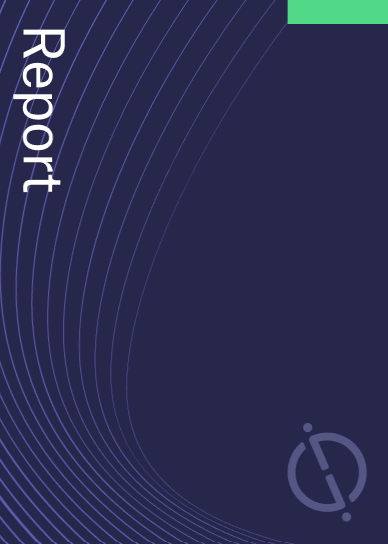Siemens Energy has filed a patent for a generator injection tool that injects adhesive into a generator’s stator vent. The tool includes a carriage, a tube, a motor, a controller, and an adhesive source. The tube can be moved between a position outside the stator vent and a position within the vent, allowing the adhesive to be injected into the vent. GlobalData’s report on Siemens Energy gives a 360-degree view of the company including its patenting strategy. Buy the report here.

Discover B2B Marketing That Performs
Combine business intelligence and editorial excellence to reach engaged professionals across 36 leading media platforms.
According to GlobalData’s company profile on Siemens Energy, Ceramic composite hollow blades was a key innovation area identified from patents. Siemens Energy's grant share as of September 2023 was 54%. Grant share is based on the ratio of number of grants to total number of patents.
Generator injection tool for injecting adhesive into a generator
A recently filed patent (Publication Number: US20230311424A1) describes a generator injection tool designed to inject adhesive into a generator. The tool consists of a first carriage that fits within the gap between the rotor and stator of the generator. Attached to the first carriage is a tube guide that supports a tube with a movable second end. A first motor is used to move the tube between two positions - one outside of the stator vent and the other positioned within the stator vent. A controller activates the motor to position the second end of the tube within the stator vent. An adhesive source is used to move adhesive through the tube and inject it into the stator vent when the tube is in the second position.
The generator injection tool also includes a second motor controlled by the controller. This motor moves the tube axially within a slot in the first carriage, allowing the tube to deliver adhesive to a third position within an adjacent stator vent. The tube guide is equipped with an encoder to determine the position of the tube within the stator vent. Additionally, a camera is attached to the first carriage to capture images of the stator vent, and a first handle is provided for manual installation of the first carriage in the gap.
The patent also describes a method for injecting adhesive into a stator vent using the generator injection tool. The method involves positioning the first carriage in the gap between the stator and rotor, directing the tube into the stator vent using the tube guide and first motor, and injecting a predetermined amount of adhesive through the tube and out of a nozzle attached to the end of the tube. The method may also include translating the tube axially through a slot in the first carriage using a second motor to inject adhesive into a second position. Prior to attaching the first carriage, a second carriage can be positioned in the gap to clean the stator vent using a fluid pumped through a second tube. The method may also involve inspecting the stator vent using a camera mounted on the second carriage.
Overall, the generator injection tool and method described in the patent aim to provide a precise and efficient way to inject adhesive into a generator's stator vent, ensuring proper functioning and maintenance of the generator.
To know more about GlobalData’s detailed insights on Siemens Energy, buy the report here.
Data Insights
From

The gold standard of business intelligence.
Blending expert knowledge with cutting-edge technology, GlobalData’s unrivalled proprietary data will enable you to decode what’s happening in your market. You can make better informed decisions and gain a future-proof advantage over your competitors.




